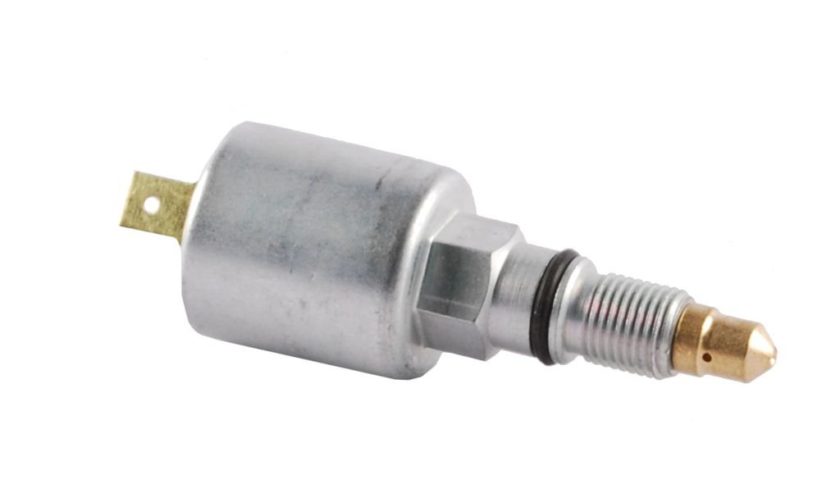
What are the symptoms of HS turbo solenoid valve?
Content
Turbo in your car increases engine power. Westgate limits the exhaust pressure to the propeller. It is controlled by a turbo solenoid valve. All of this coins usually have a long service life, but can, of course, fail. Here are the symptoms of HS turbo solenoid valve.
🚗 What is the role of the solenoid valve?
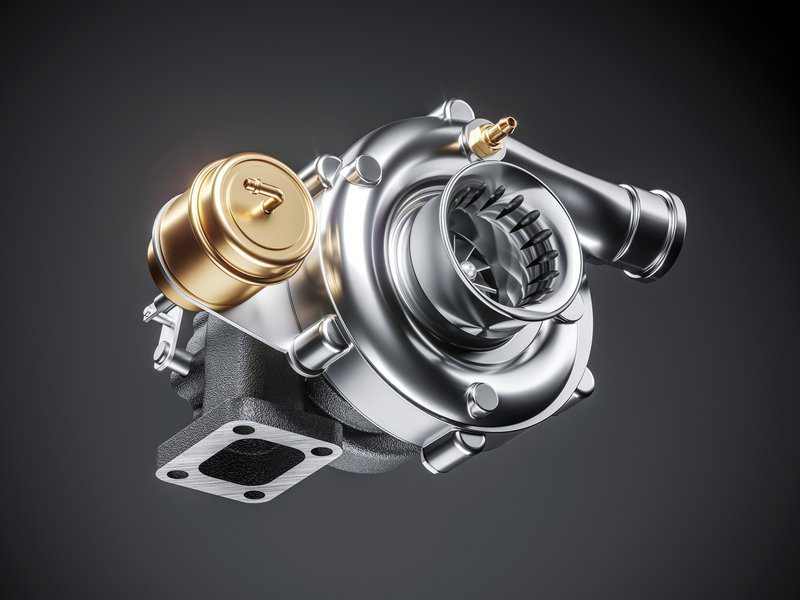
Le turbocharger, or turbo, is used to increase the performance of your engine. Turbo is turbine consists of two spirals connected to each other. The turbocharger works as follows:
- Engine rejects gasexhaust which turn one of the propellers;
- Another propeller air compresssent to the engine to increase the oxygen level and pressure in the combustion chamber.
Turbo protected bypass, a valve whose role is to limit the exhaust gas pressure on the screw. To do this, the wastegate evacuates the gases by preventing them from passing through the turbocharger. When it opens, it relieves pressure. That's whereturbo solenoid valve... Indeed, its role is to control the bypass valve.
The turbo solenoid valve consists of a solenoid coil and a valve. It is a plastic block that has two main functions:
- One electrical function, which consists in sending a pulse to the winding to create an electromagnetic field. This field then activates the core, which moves and thus opens the pneumatic circuit;
- One pneumatic function, which aims to control the wastegate.
Thus, a malfunction of the turbo solenoid valve can be caused by one of these two functions.
🔎 How to detect a turbocharging problem?
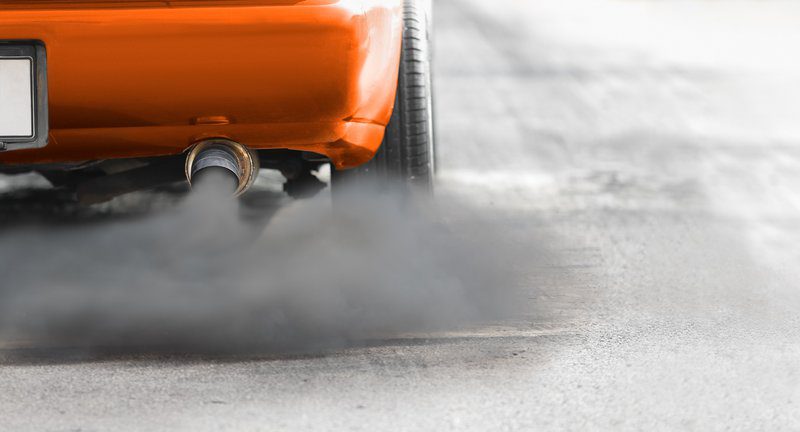
Average turbo lasts not less than 200 kilometers, more with proper care. But the turbo can have various malfunctions, including the solenoid valve. Here are the various possible causes of the HS turbocharging:
- Failure of the impeller ;
- Turbocharger solenoid valve HS ;
- Wastegate defective.
Before reaching the landfill, your turbine is showing signs of malfunction. Here are the symptoms of an HS turbocharger:
- Whistle : A whistling sound during acceleration can be a sign of air leakage and turbine breakdown;
- Power loss : This is one of the most common symptoms of turbocharger failure, but the drop in power can be caused not only by the turbocharger, but also by another reason;
- Oil leak : if you notice oil on the turbocharger oil seals, the latter is damaged;
- Abnormal smoke from the exhaust pipe : bluish smoke is a sign of HS turbo. Black smoke can also be a sign of a bad compressor or intake manifold.
- The smell of burning : Likewise, the smell of burning oil is a symptom of a malfunctioning turbocharger.
Unfortunately, it will be difficult for you to pinpoint exactly where the problem came from. The symptoms of a malfunction or HS waste gate are indeed the same as those of a defective solenoid valve. If you have a turbocharger problem, you should inspect the turbocharger parts and replace the turbocharger if necessary.
A turbo solenoid valve can have two types of faults:
- One pneumatic failure : The core no longer controls the bypass valve. Then the turbo stops. The turbo solenoid valve needs to be replaced.
- One electrical fault : this is a power problem.
👨🔧 How to check the turbocharger solenoid valve?
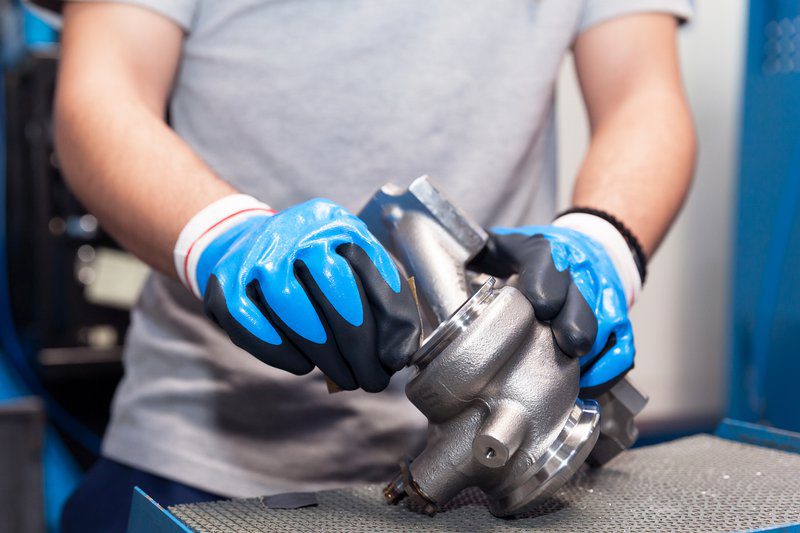
On most vehicles, the turbocharger is located inback of the engine, near the windshield. By opening the hood, you can easily access it and thus check the turbo solenoid valve yourself. You only need to disconnect the hoses from the turbocharger solenoid valve to test its pneumatic and electrical functions.
Material:
- Vacuum gauge
- Connector 8 mm
- Connector 6 mm
- ohmmeter
Step 1: Pneumatic vacuum pump test
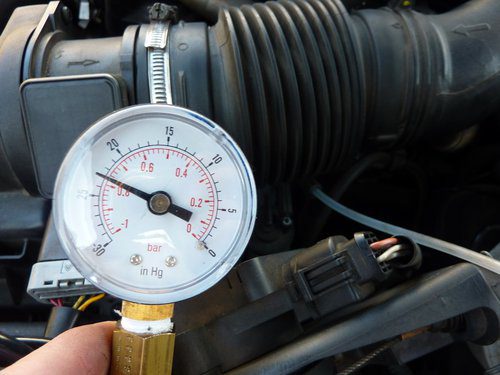
The turbocharger solenoid valve has a vacuum hose connected to Vacuum pump и control solenoid valve... Connect your vacuum gauge on the pipe. The small size of the hose requires the use of an adapter. Start the engine while a second person monitors the vacuum gauge.
If the vacuum pump is in good condition, vacuum must be reached in one second... Accelerate and observe the vacuum: the total vacuum is 1. When the engine is stopped, the vacuum must remain constant for several minutes to pass the test.
Step 2. Check the outlet of the solenoid valve.
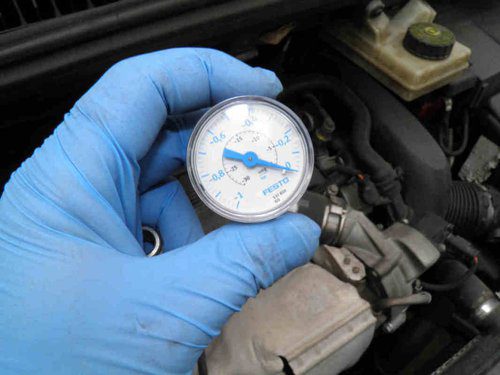
Start remove the air intakes and connect the vacuum gauge to the small 6mm tube located at the outlet of the vacuum pump. Repeat the previous test. If full vacuum is not created in one second and when the engine stops, the needle immediately returns to zero, the vacuum pump valve is faulty.
Step 3. Test of opening and closing

This test consists of checking OCR (Opening and Closing Ratios), that is, the opening and closing ratio of the solenoid valve. This test is performed with auto diagnostic tool... Plug in the scanner and run the test while it is cold, then increase the speed. OCR Normal Idle Solenoid Valves 85%driving out 35 to 48%.
Step 4: electrical test
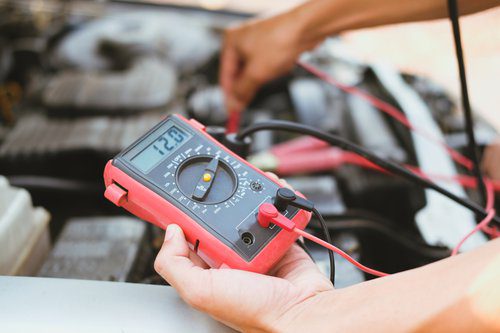
The vast majority of people do not have an automatic diagnostic tool because it is very expensive. However, you can check the electronics of your turbo solenoid valve with ohmmeter... Connect a multimeter to the two terminals of the solenoid valve. If the resistance measurement in ohms is infinite, the turbo solenoid valve has failed.
Now you know what are the symptoms of the HS turbine solenoid valve! But, as you may have understood, the source of the problem may lie elsewhere. Therefore, it is necessary to check the turbocharger solenoid valve. To do this, it is better to entrust your turbine to a professional mechanic equipped with a diagnostic device.